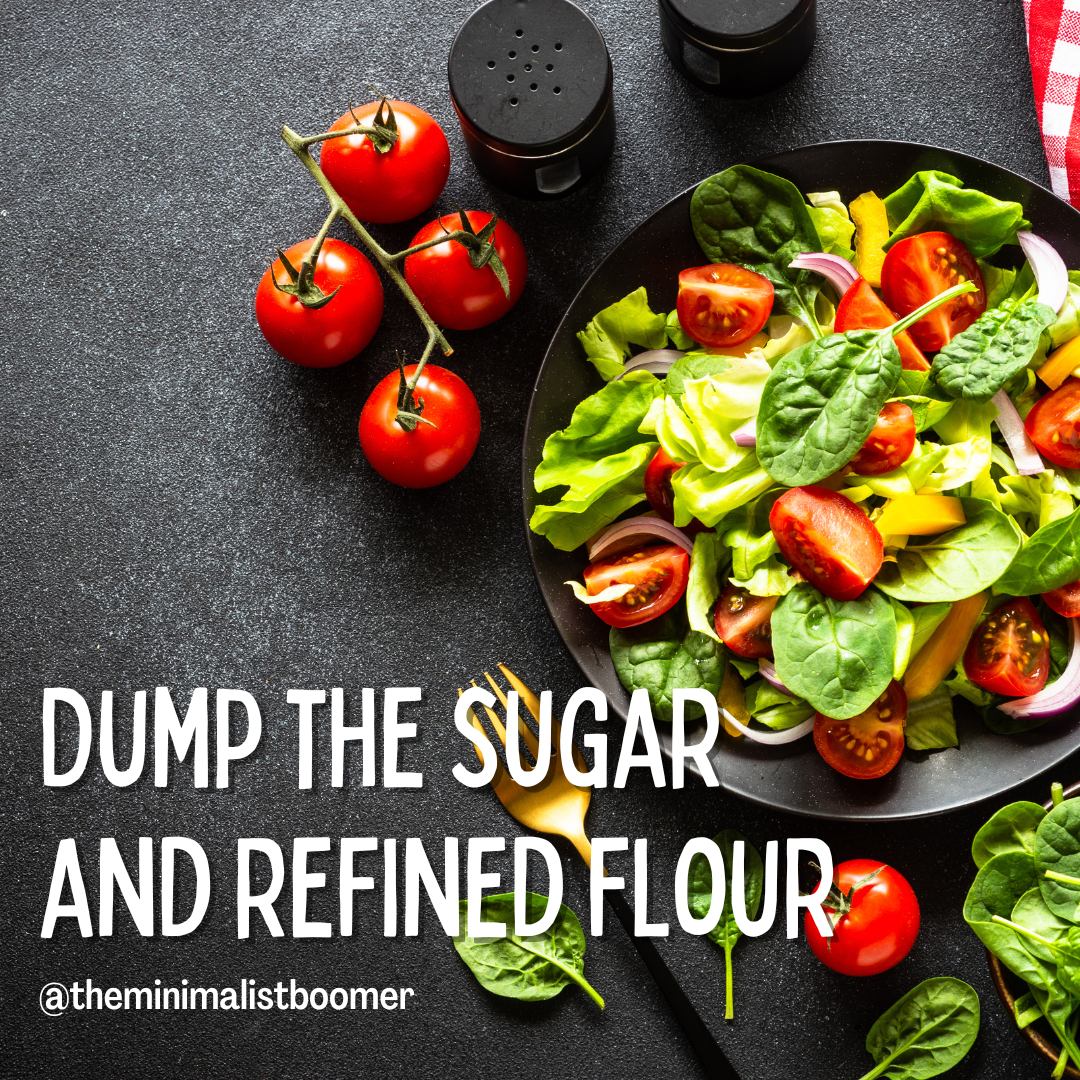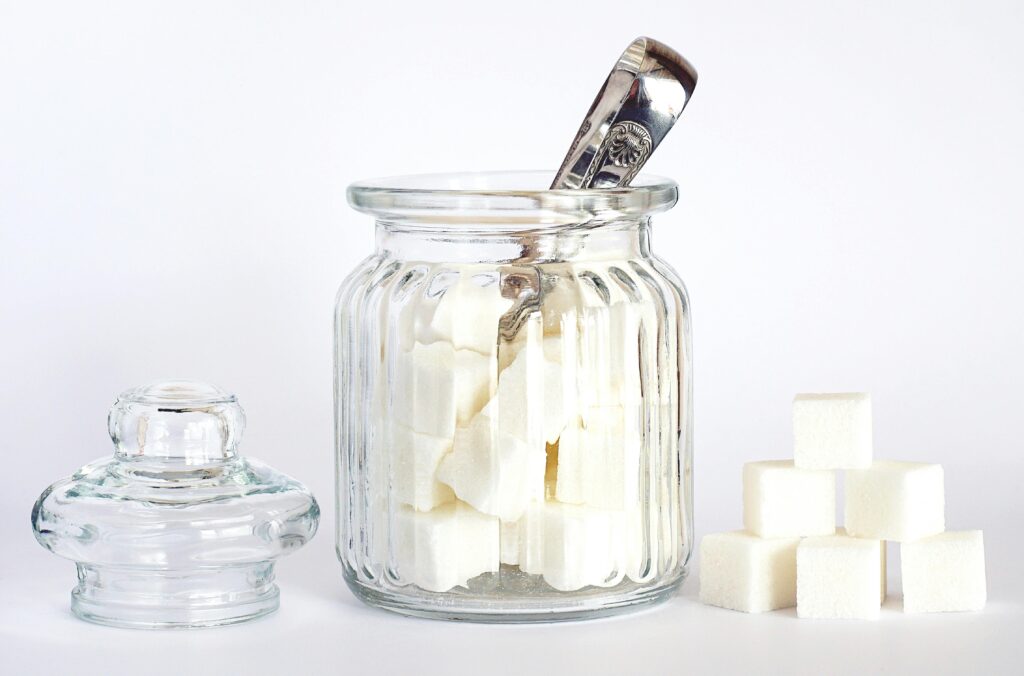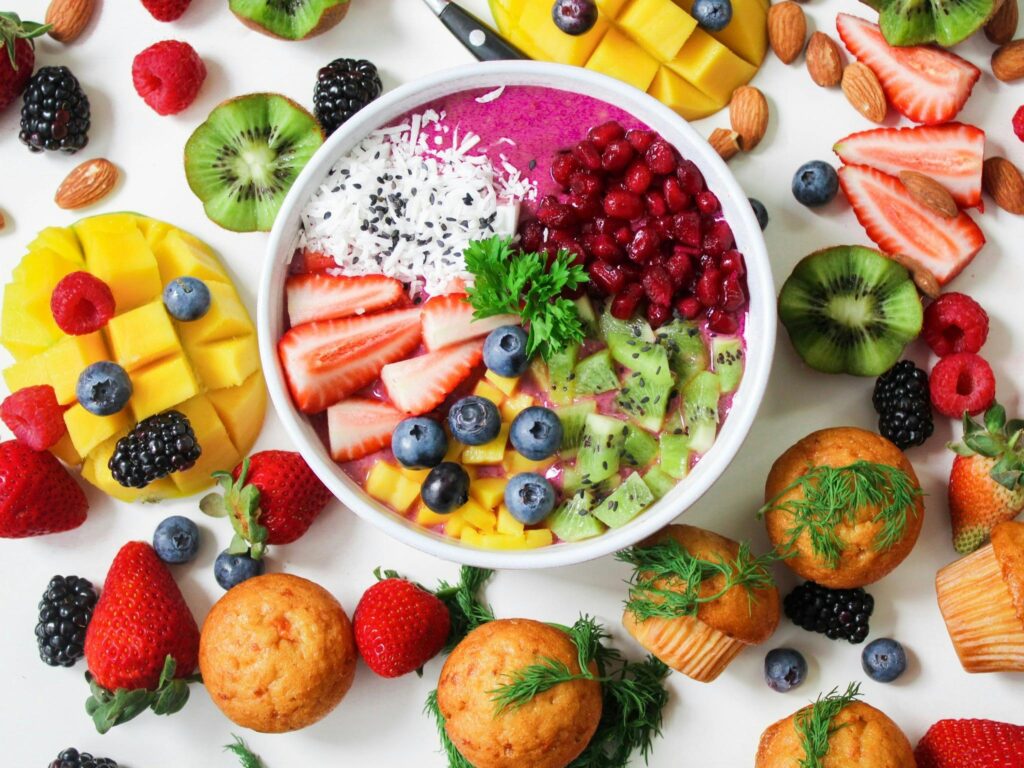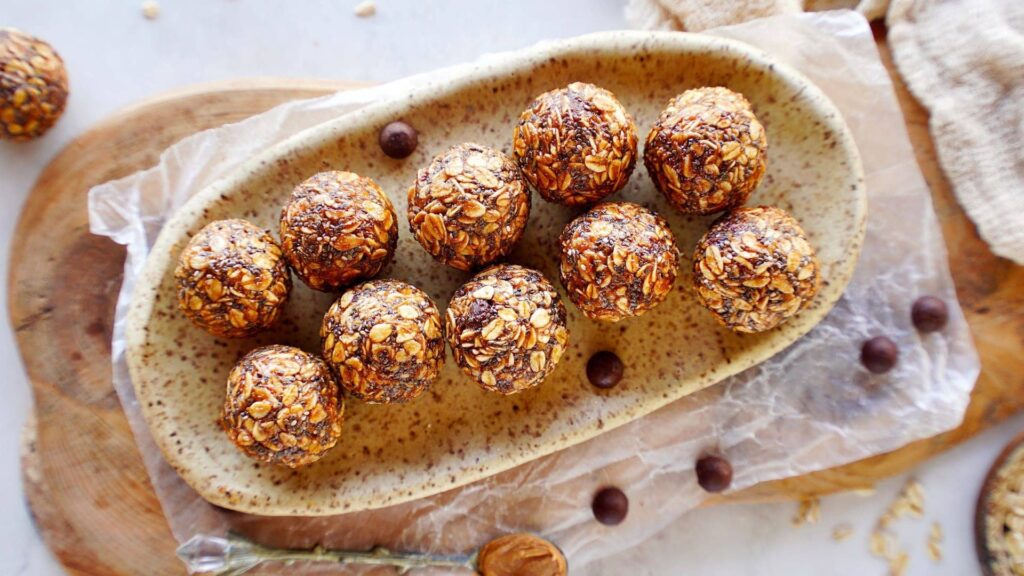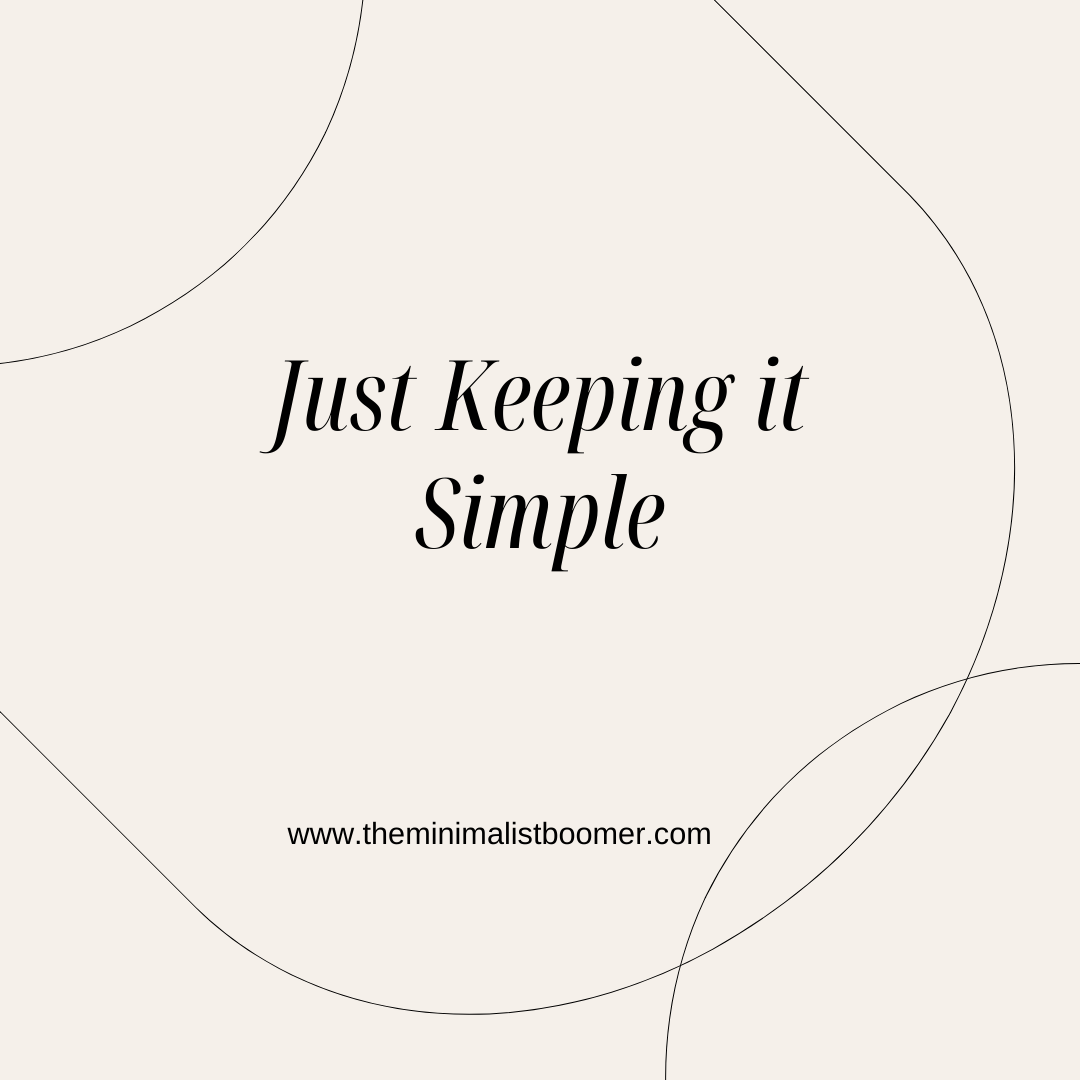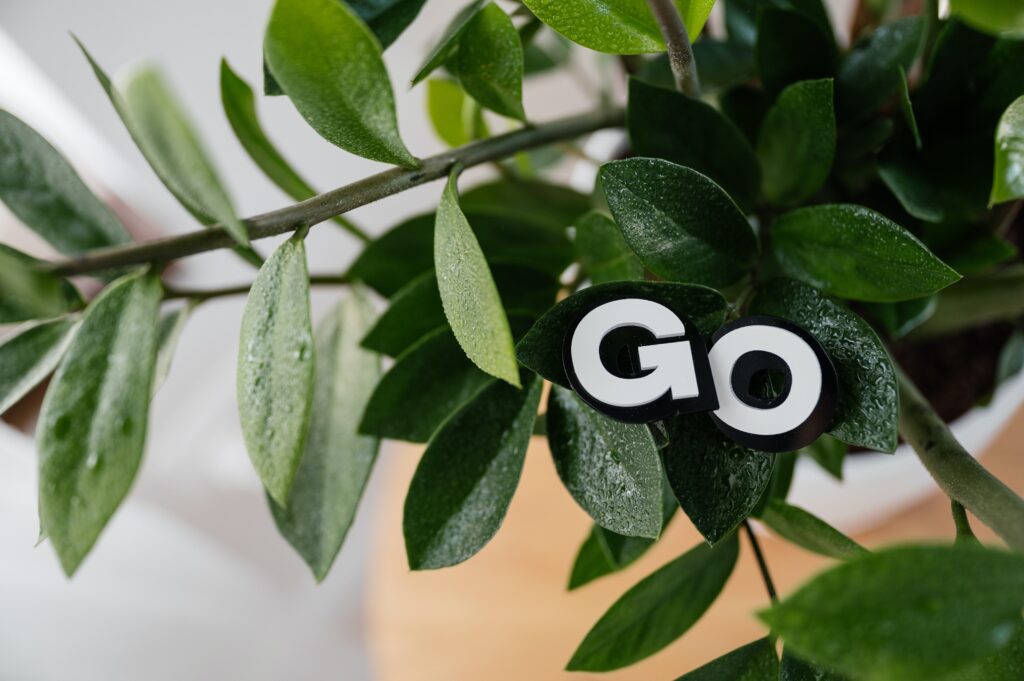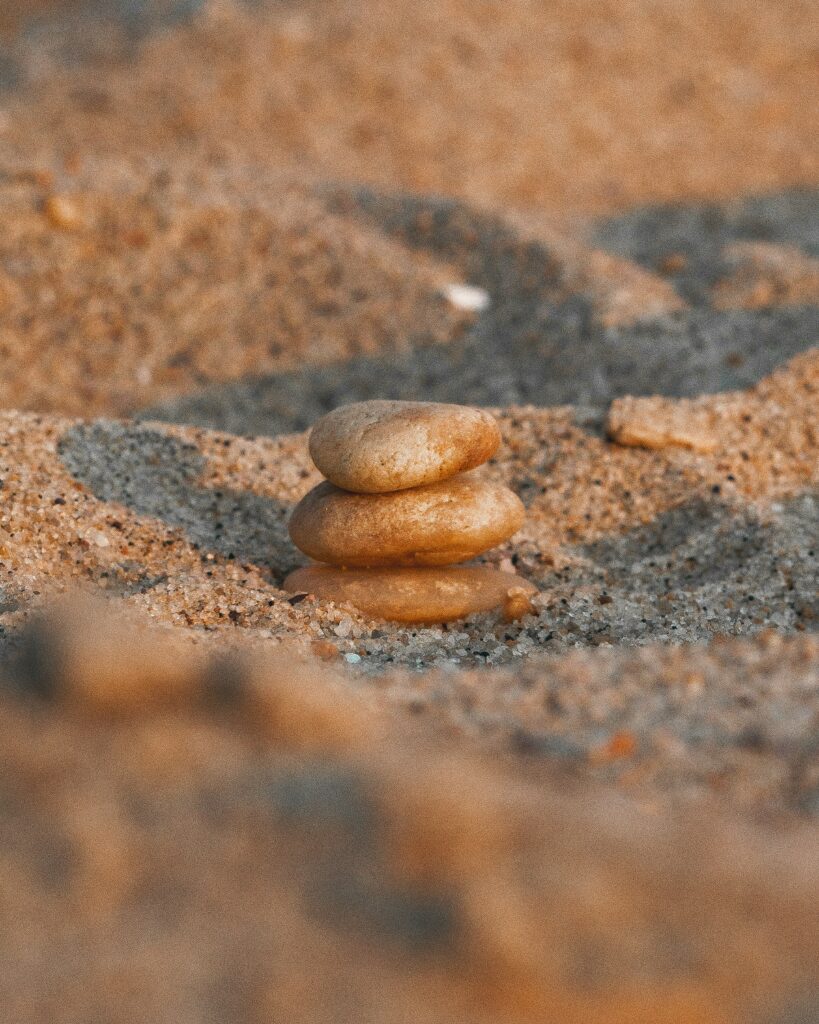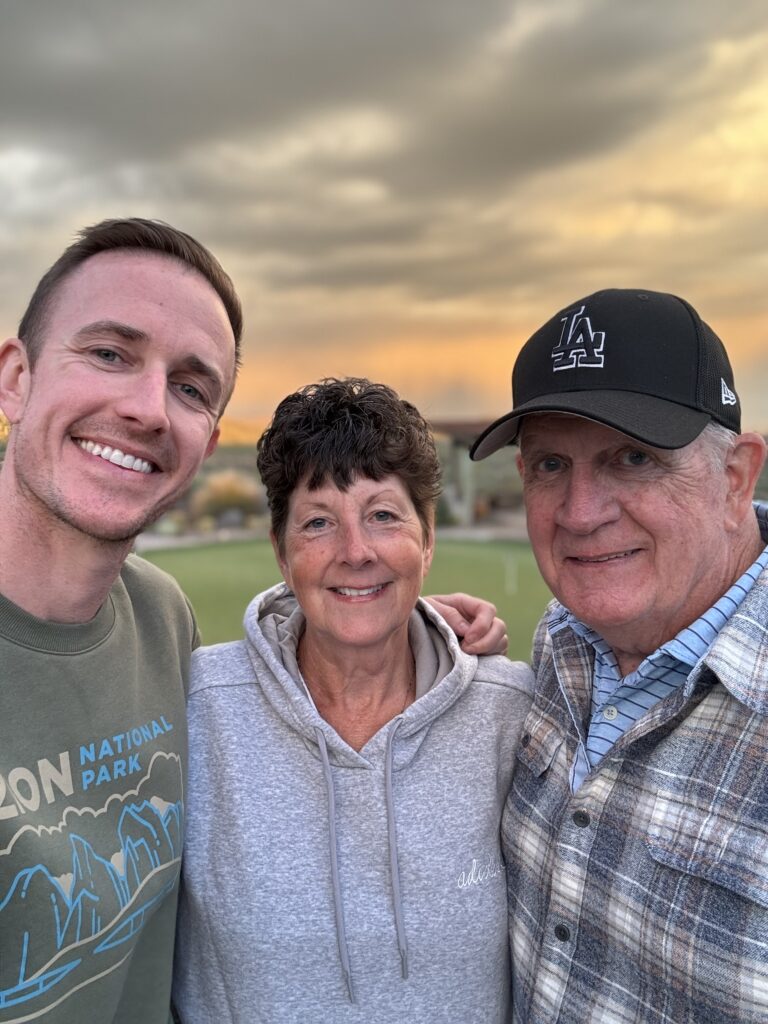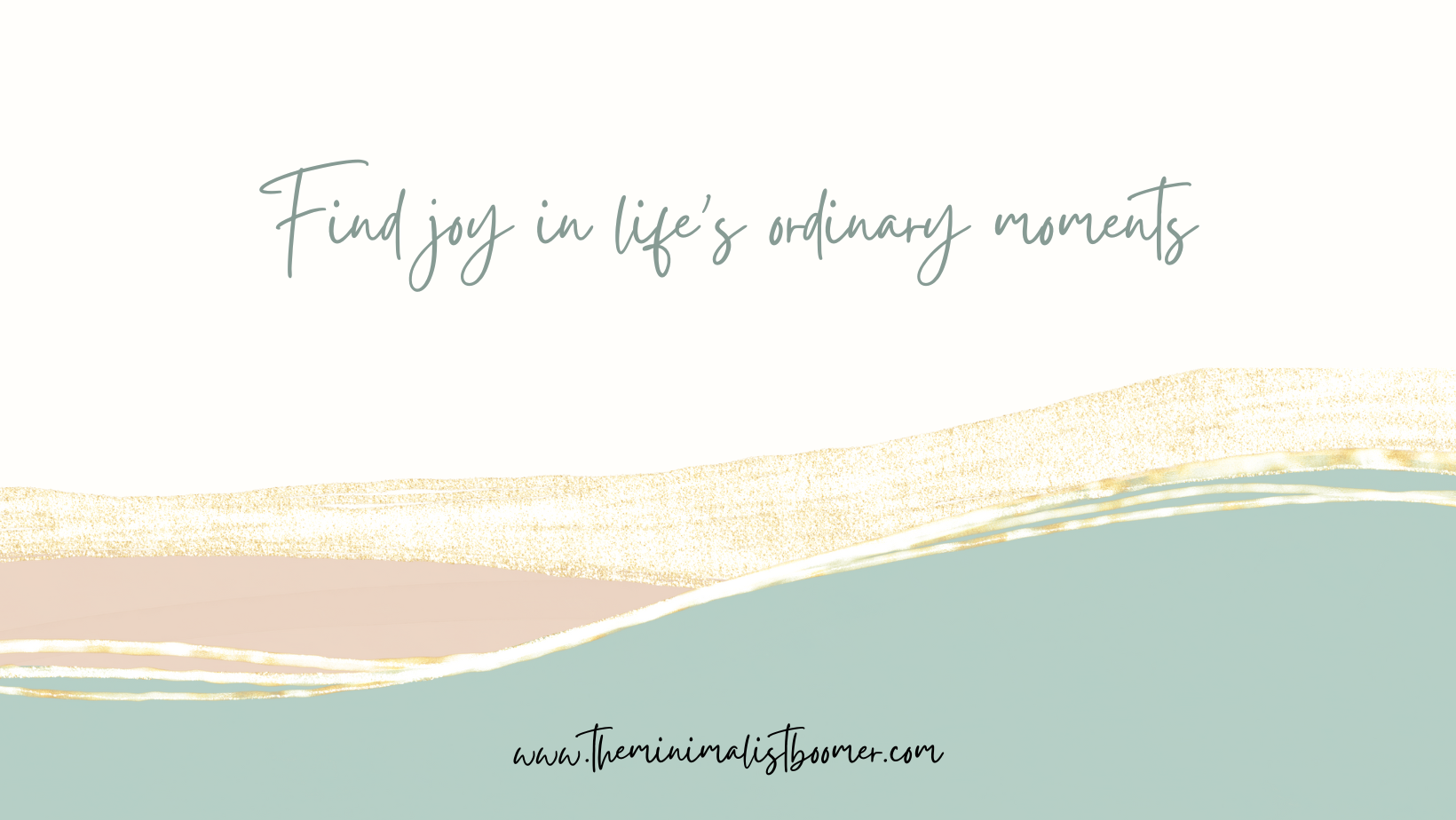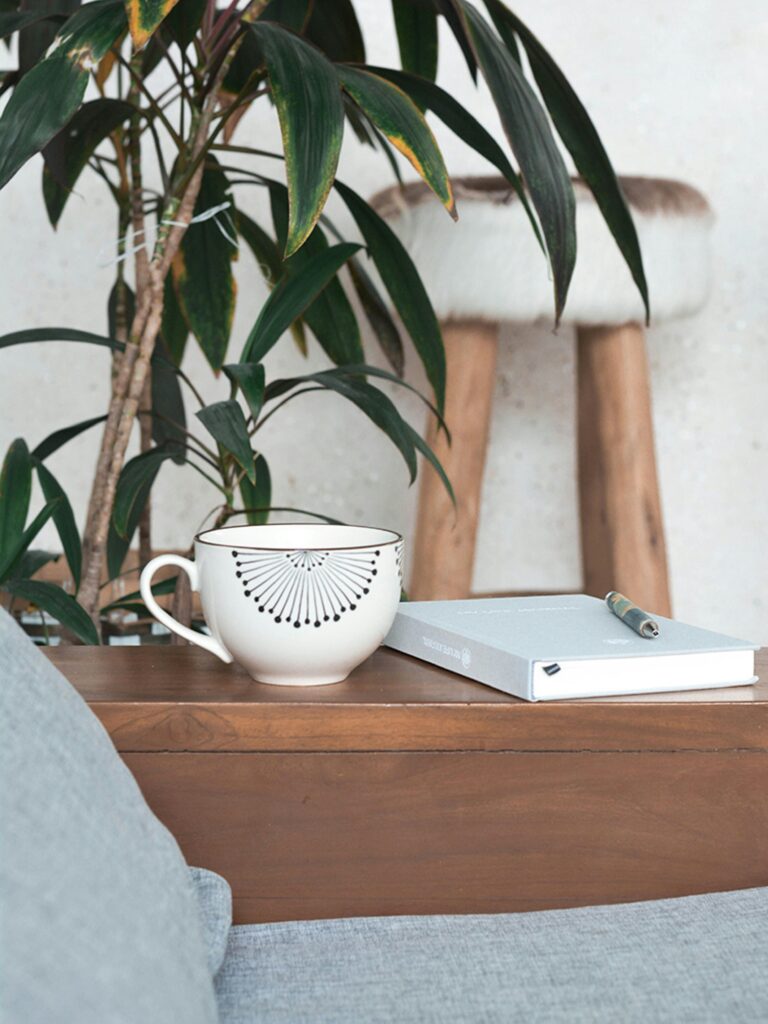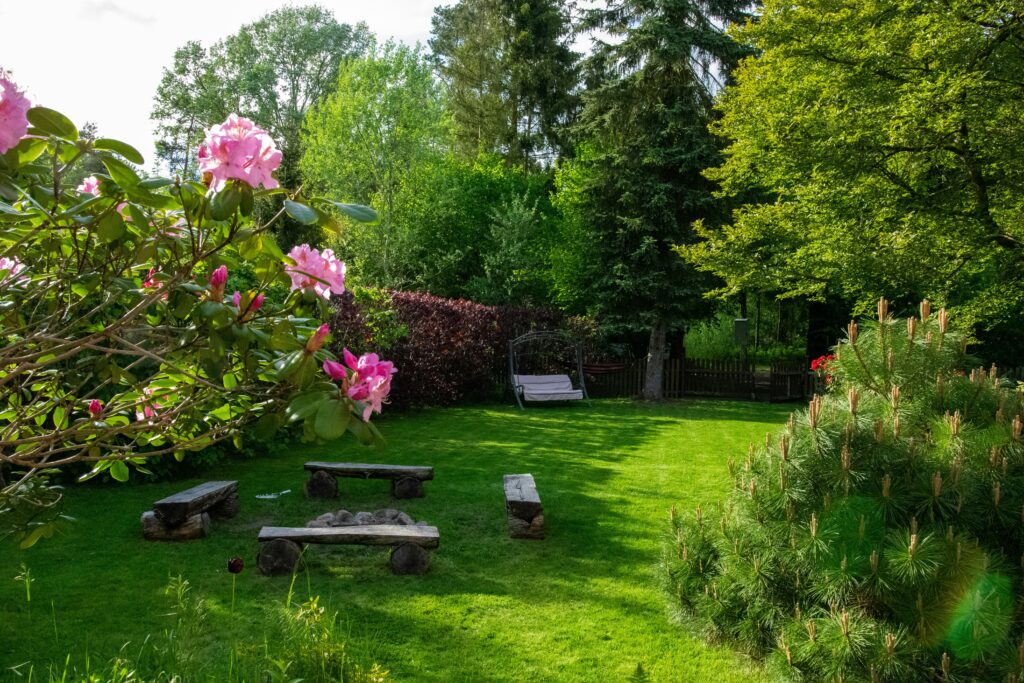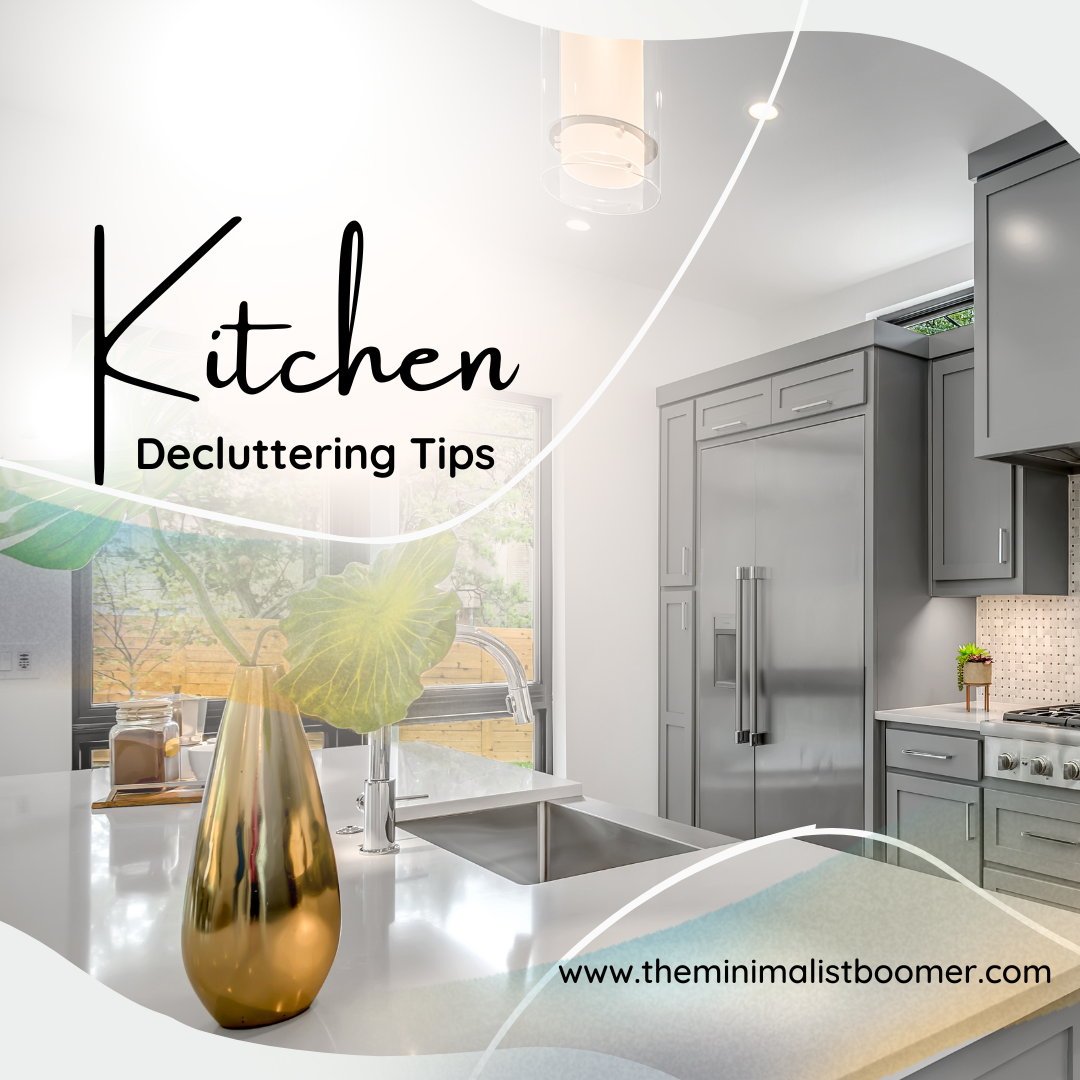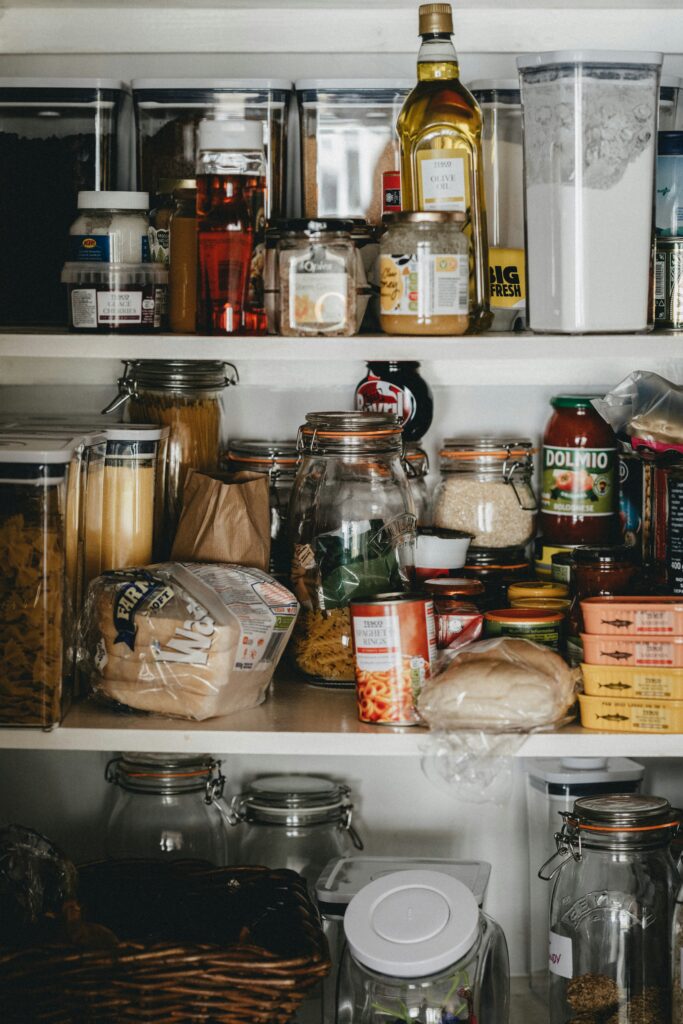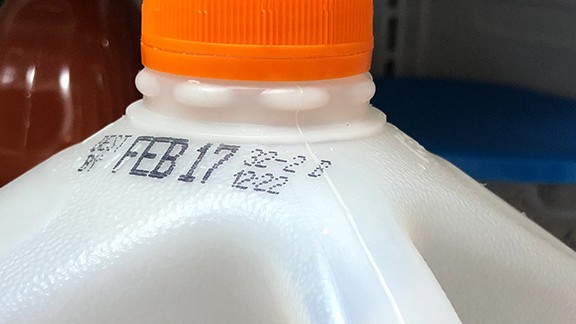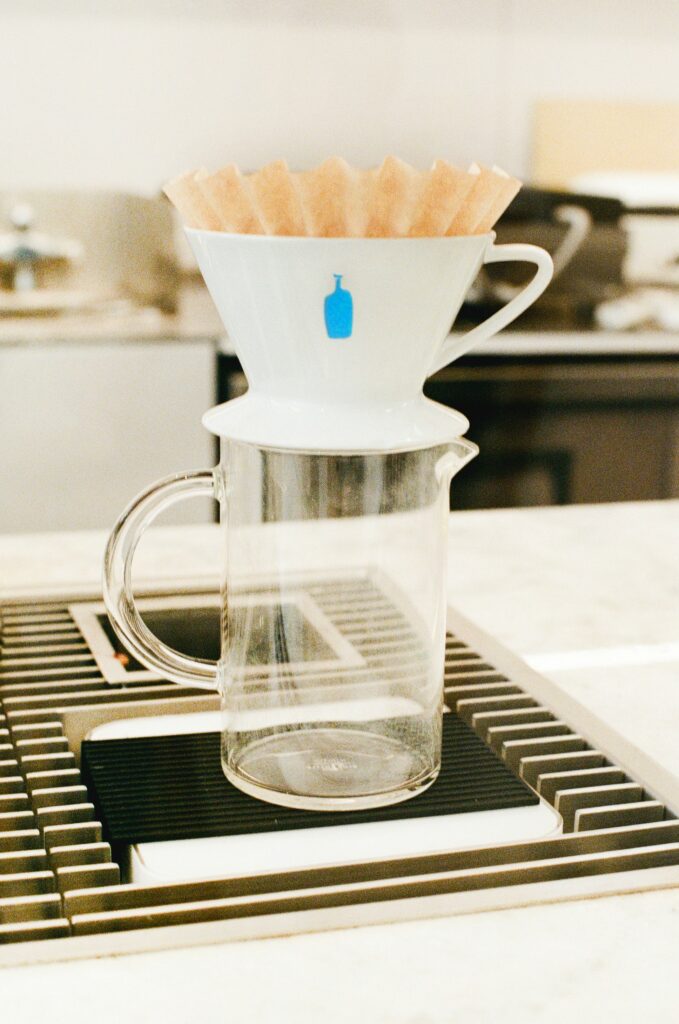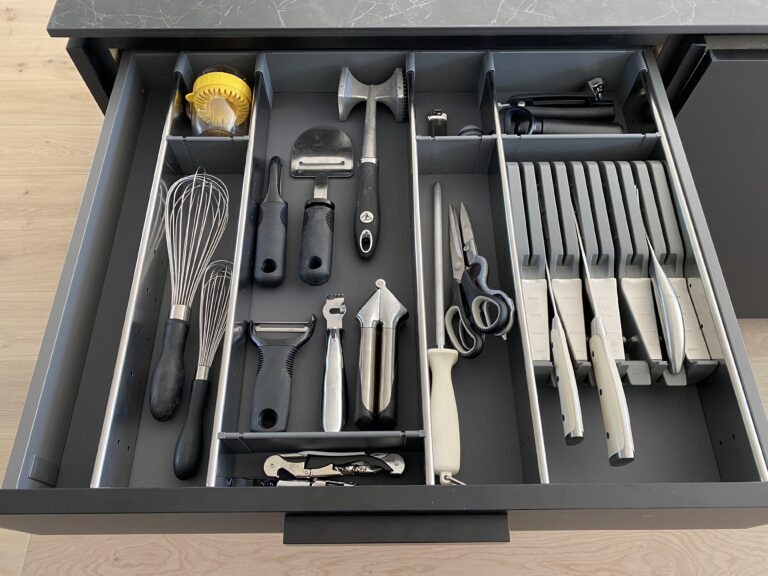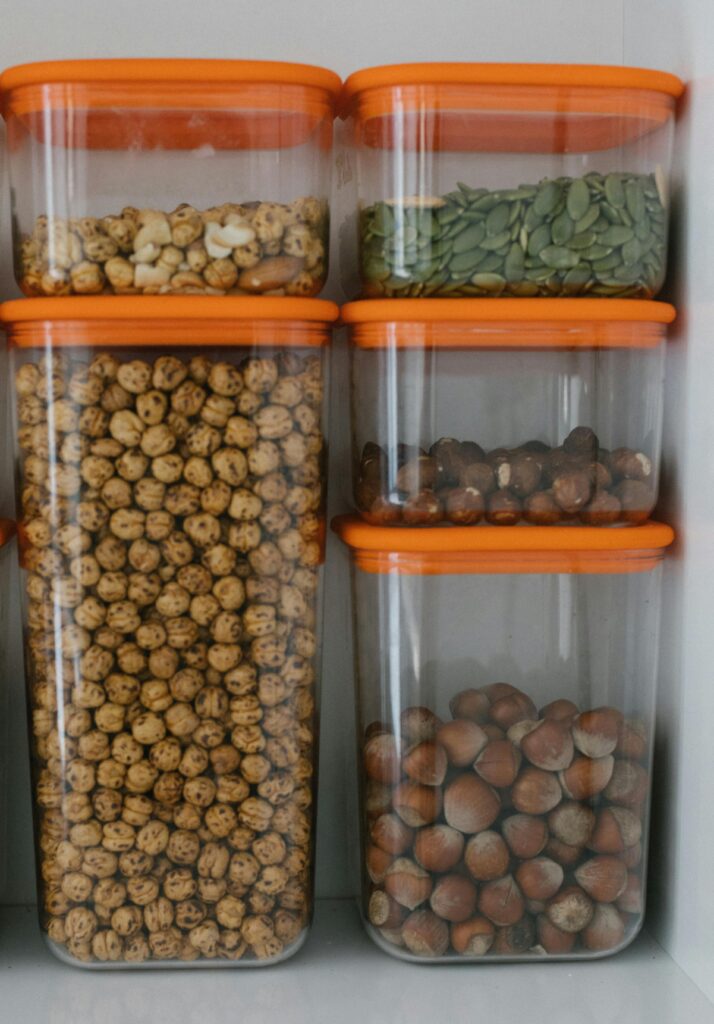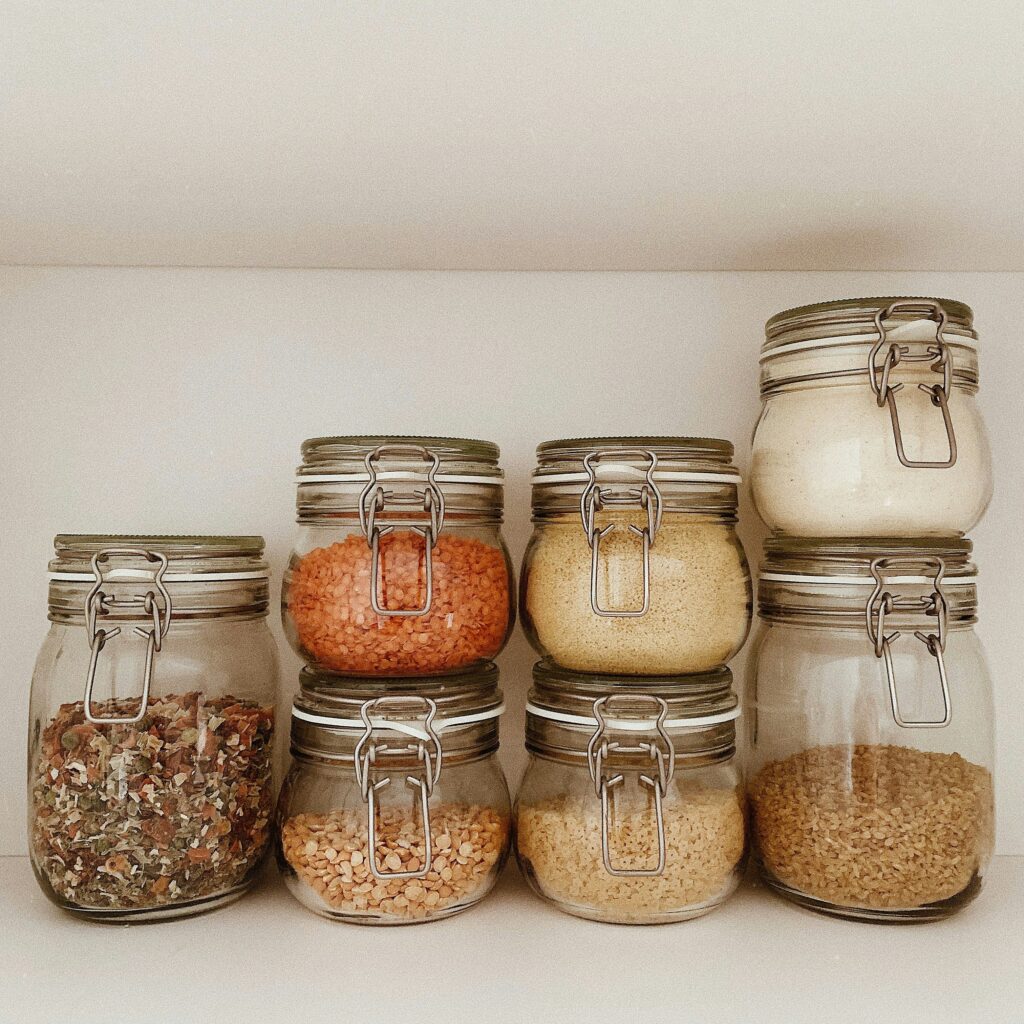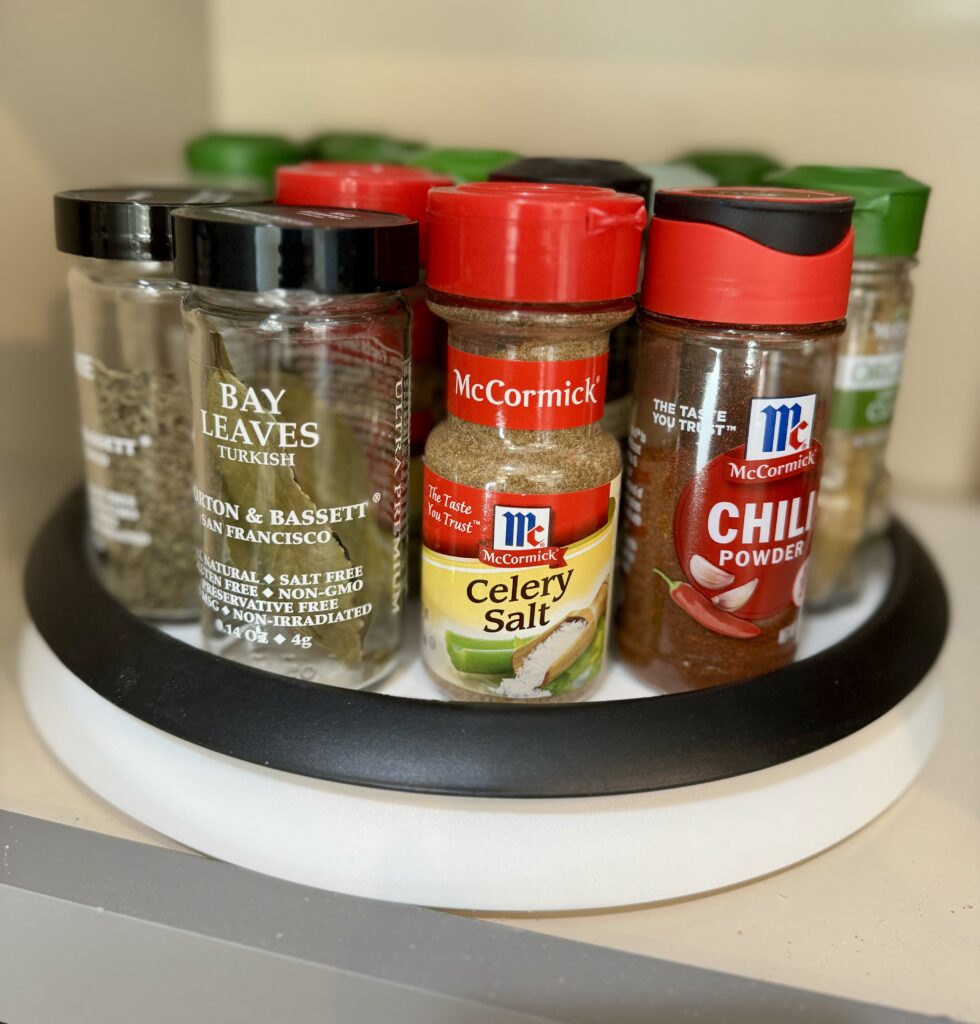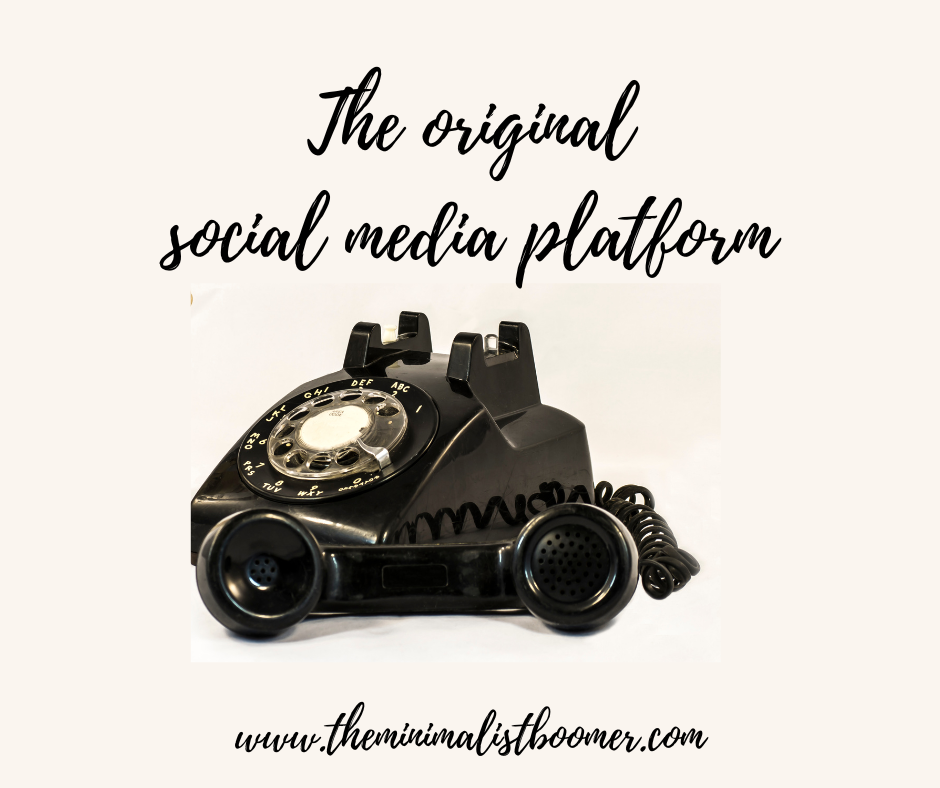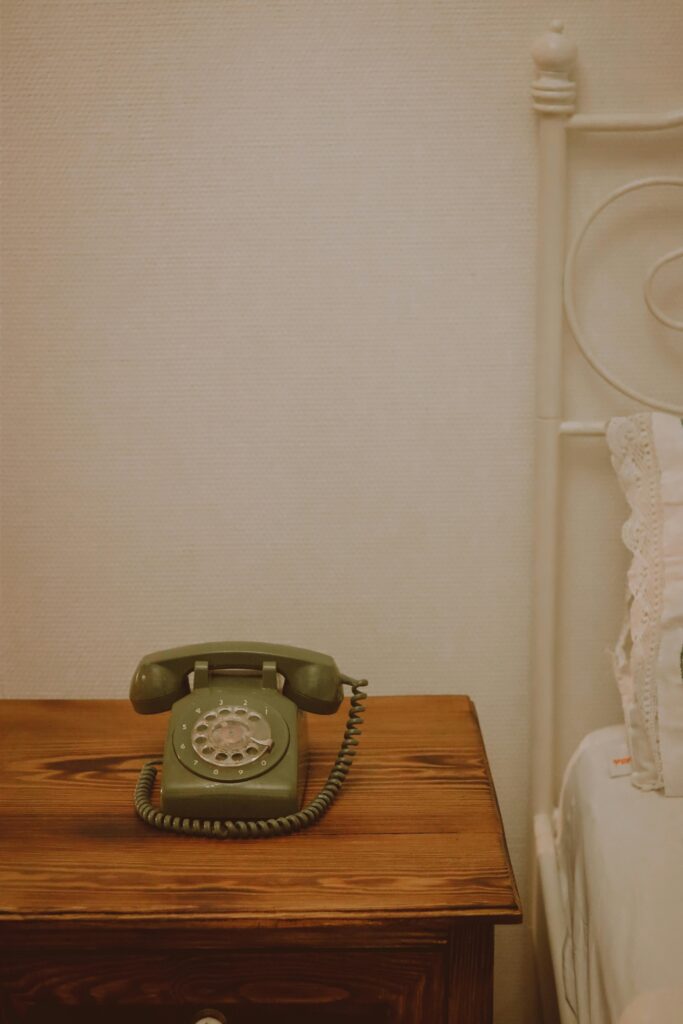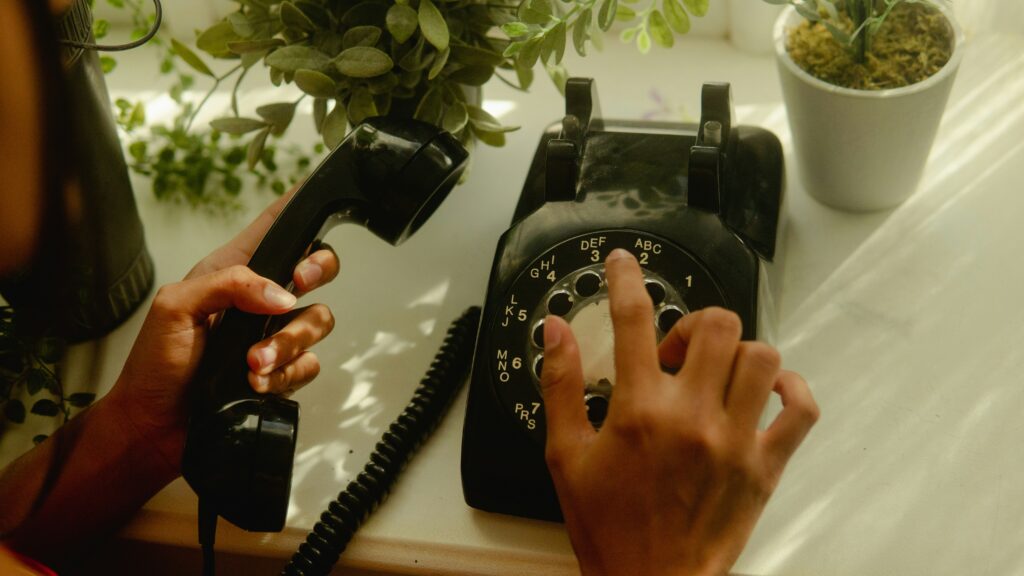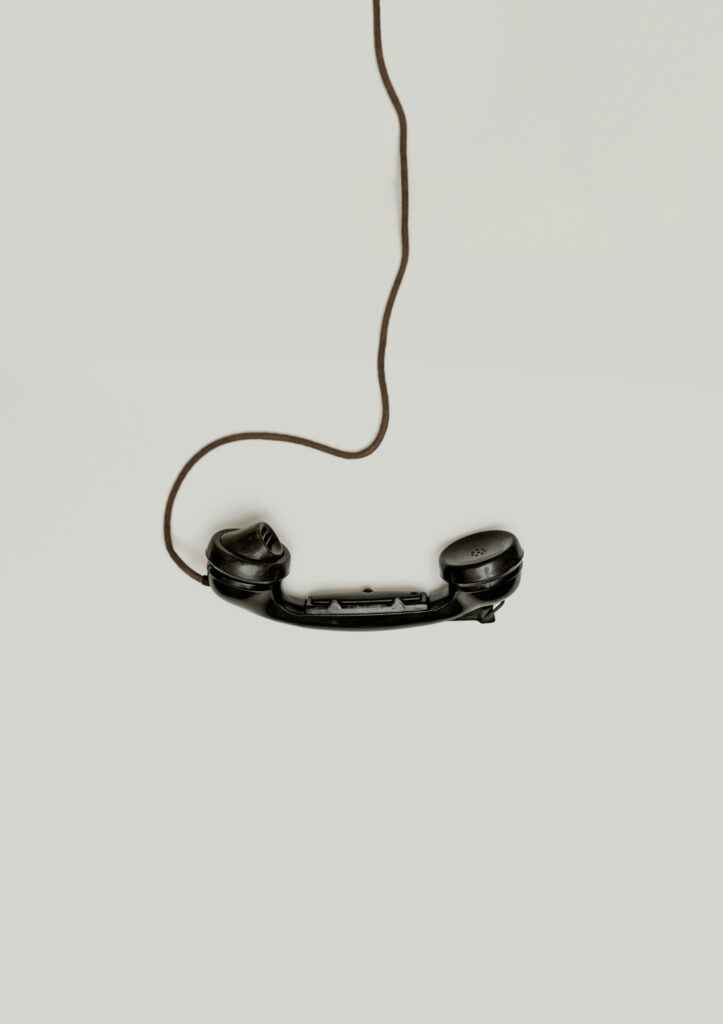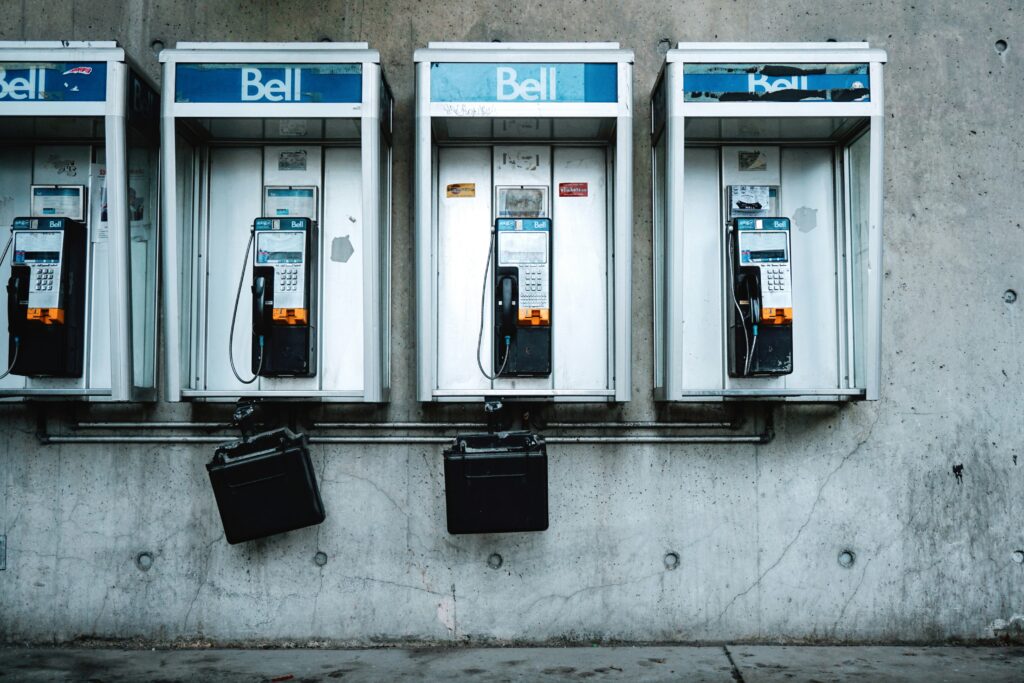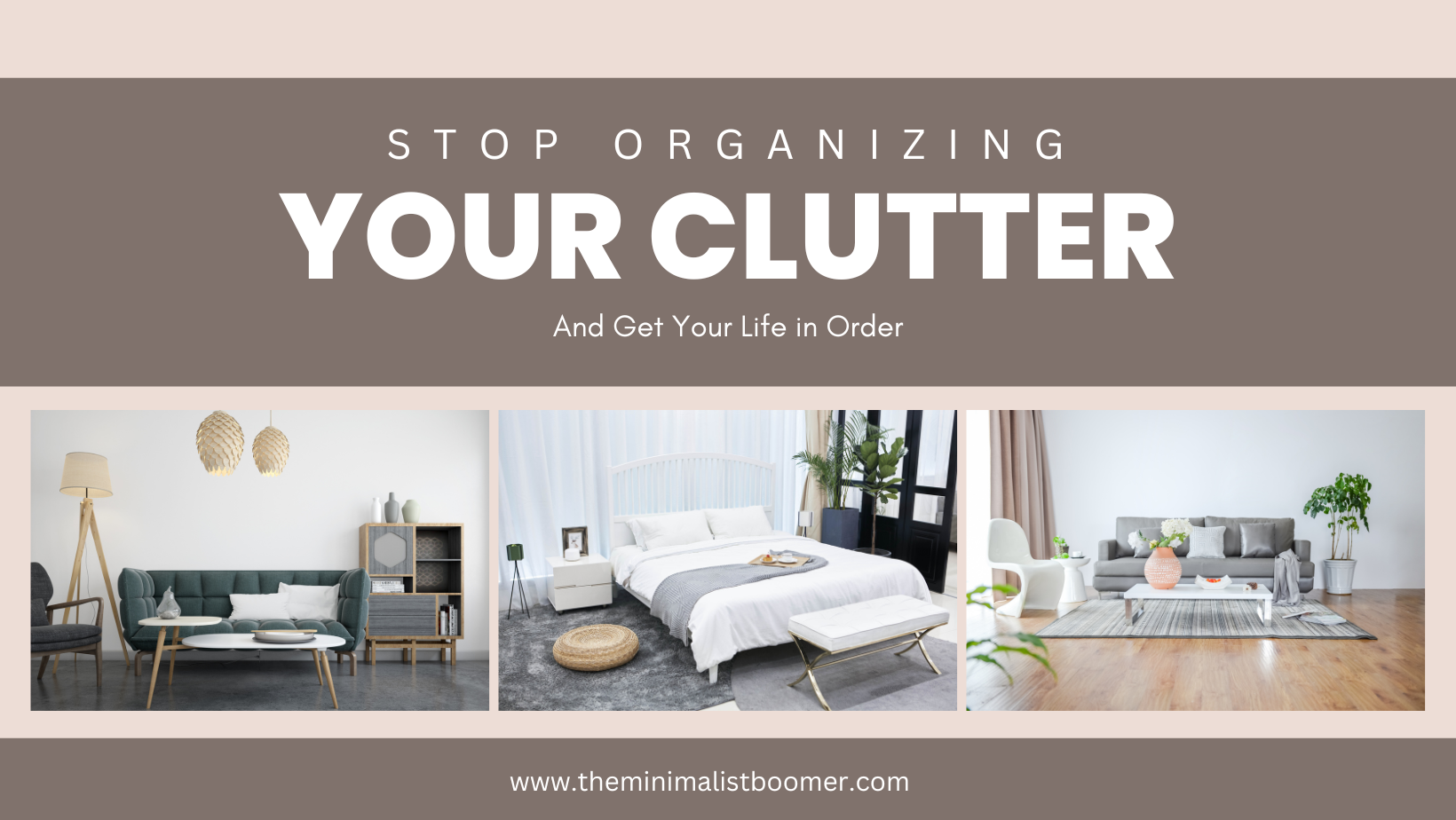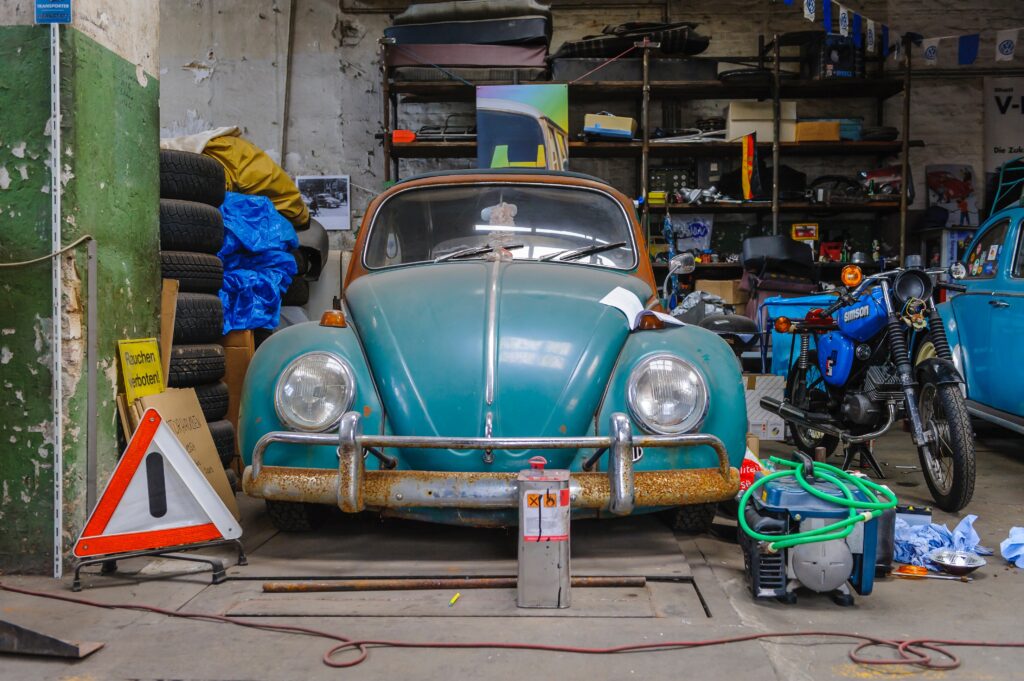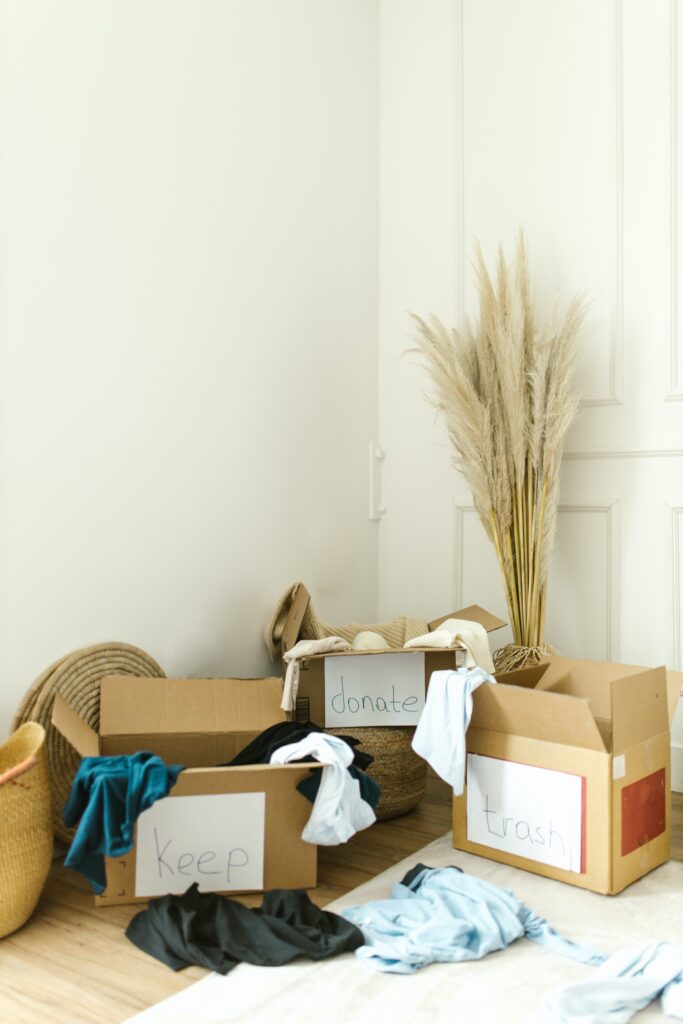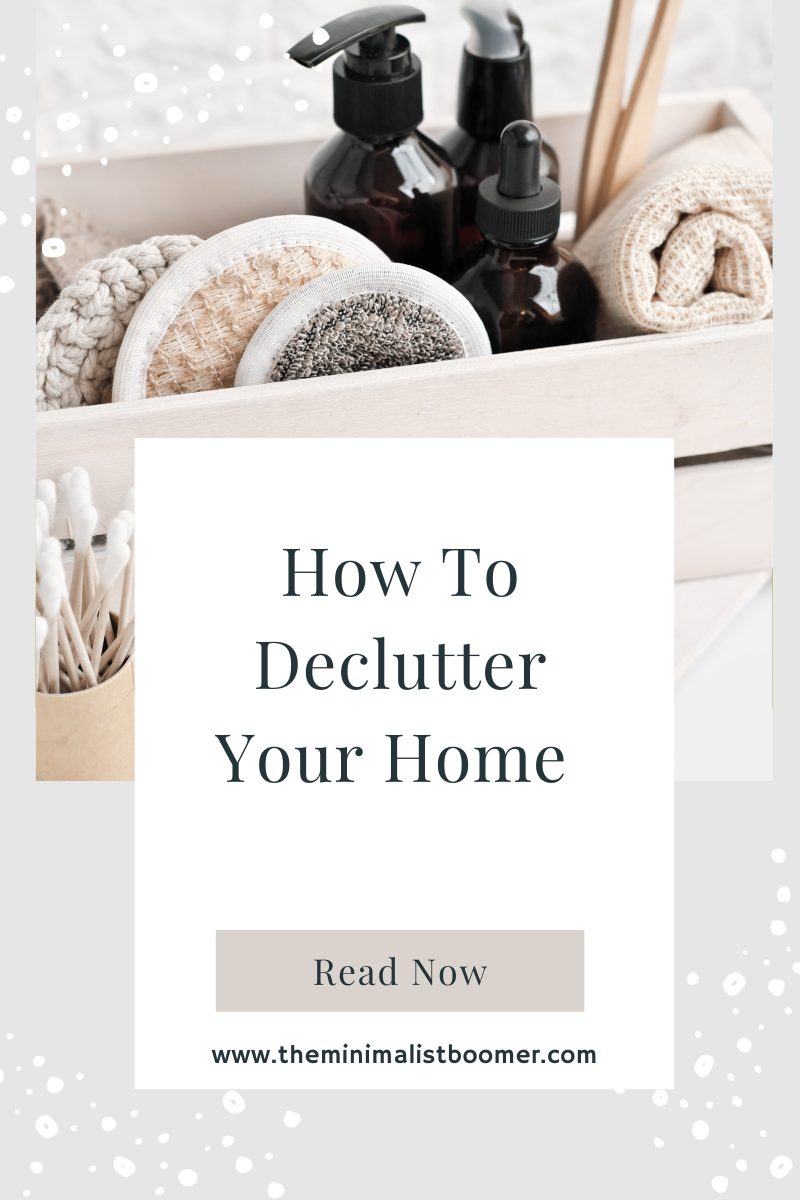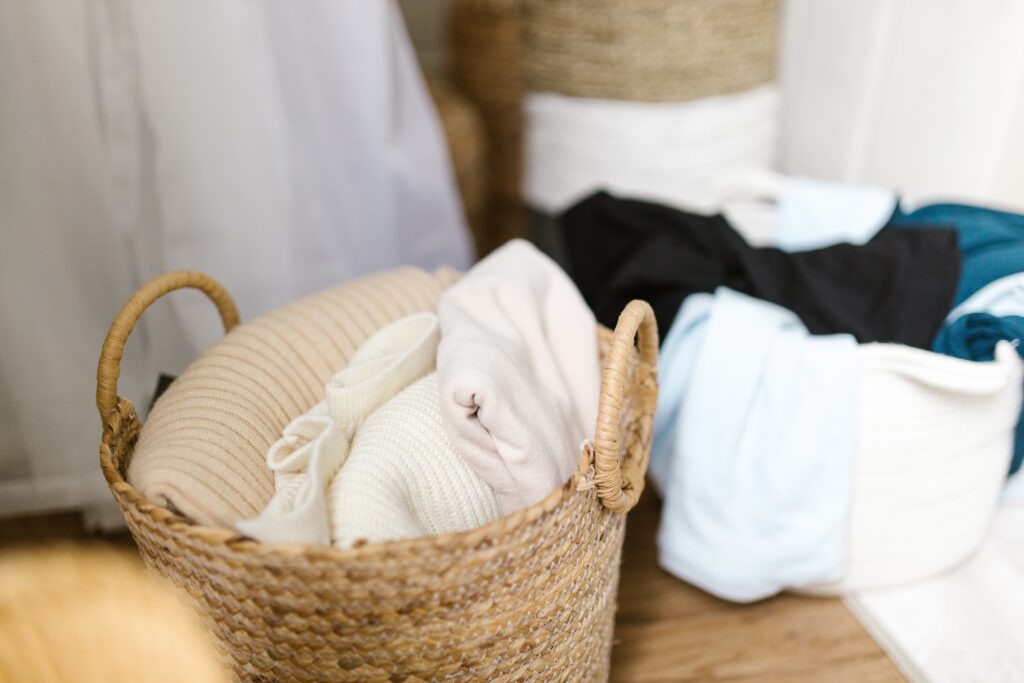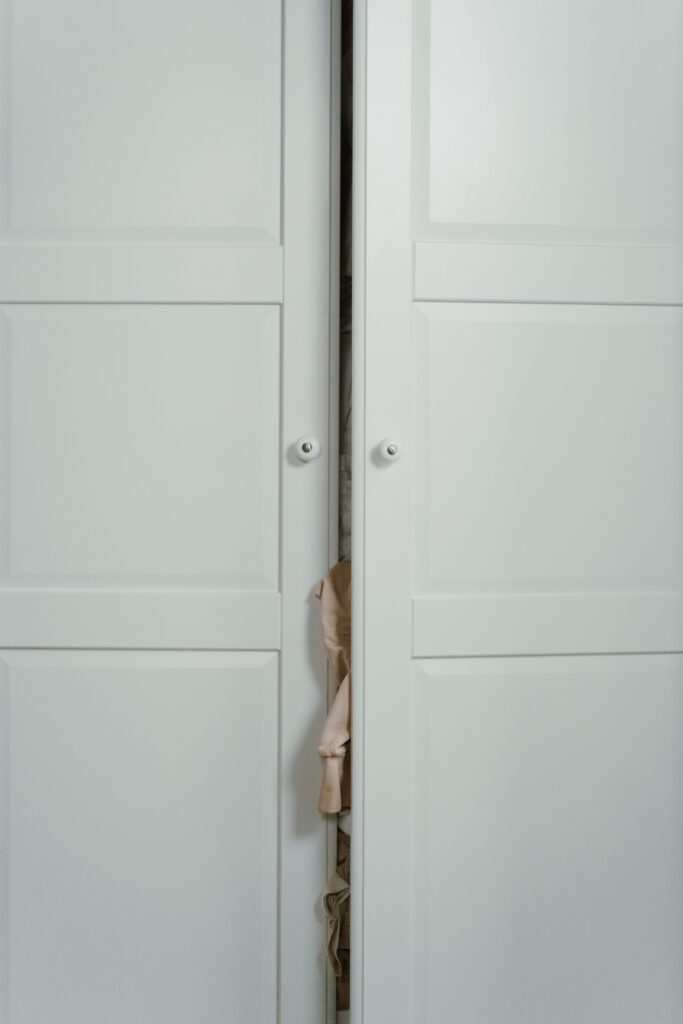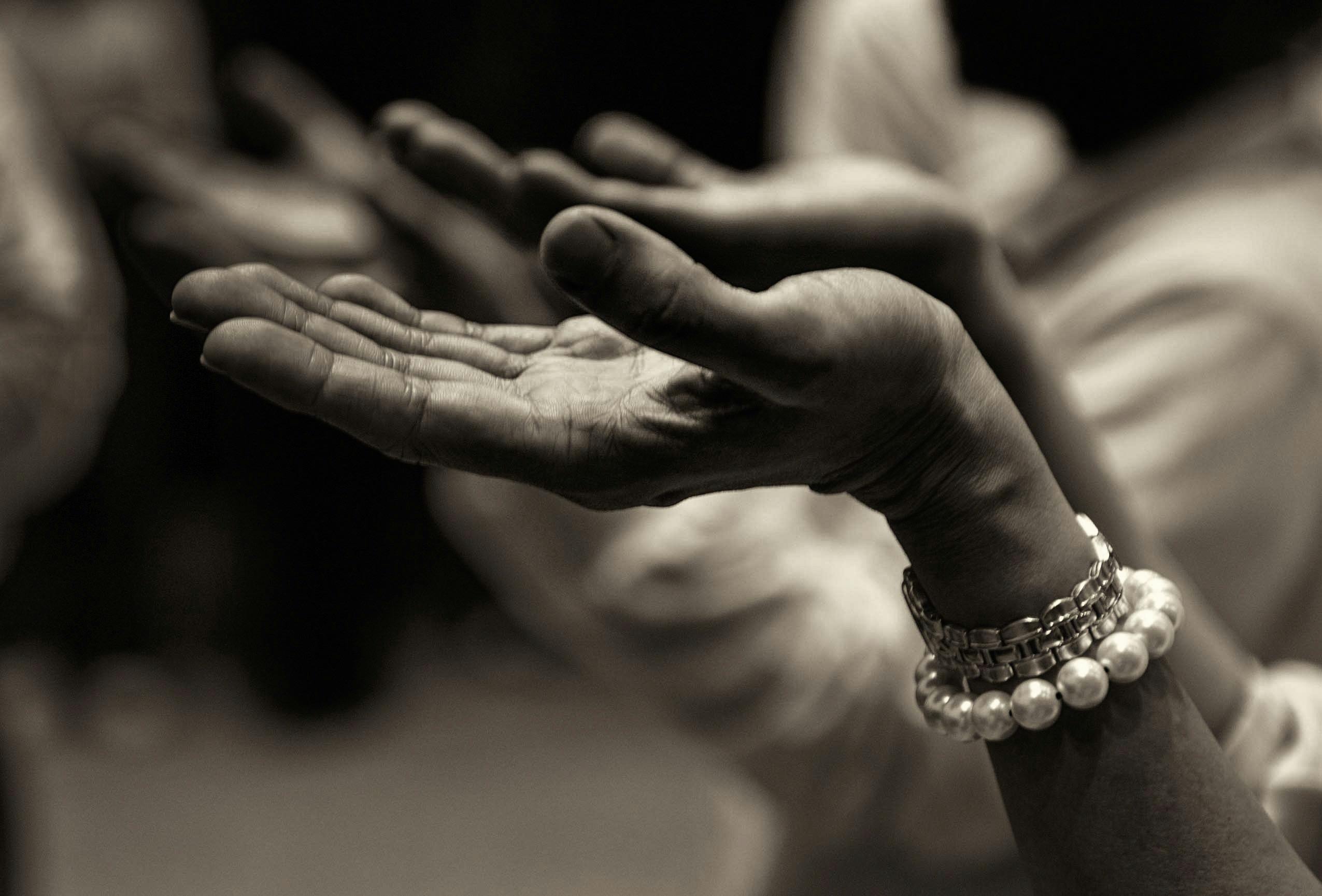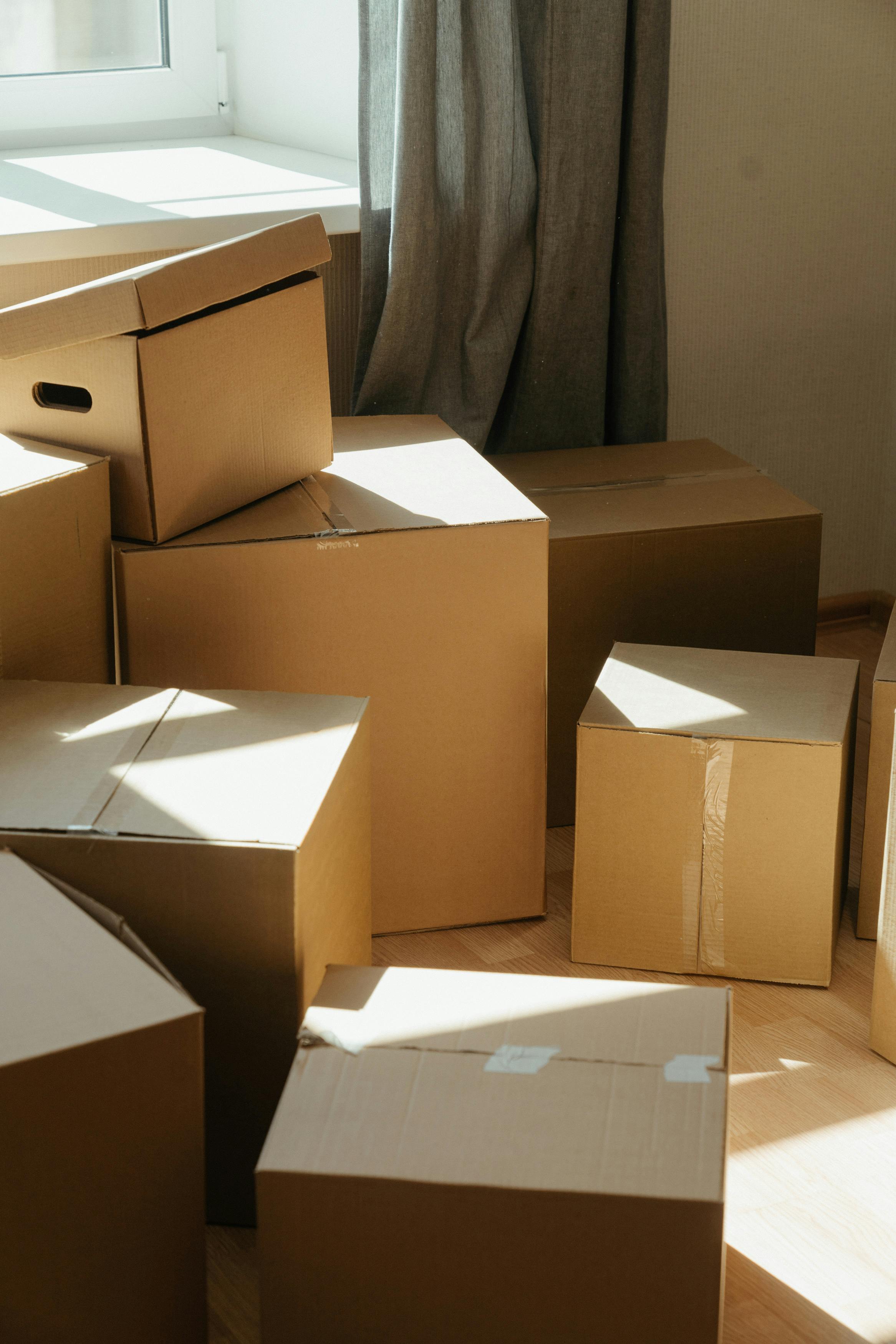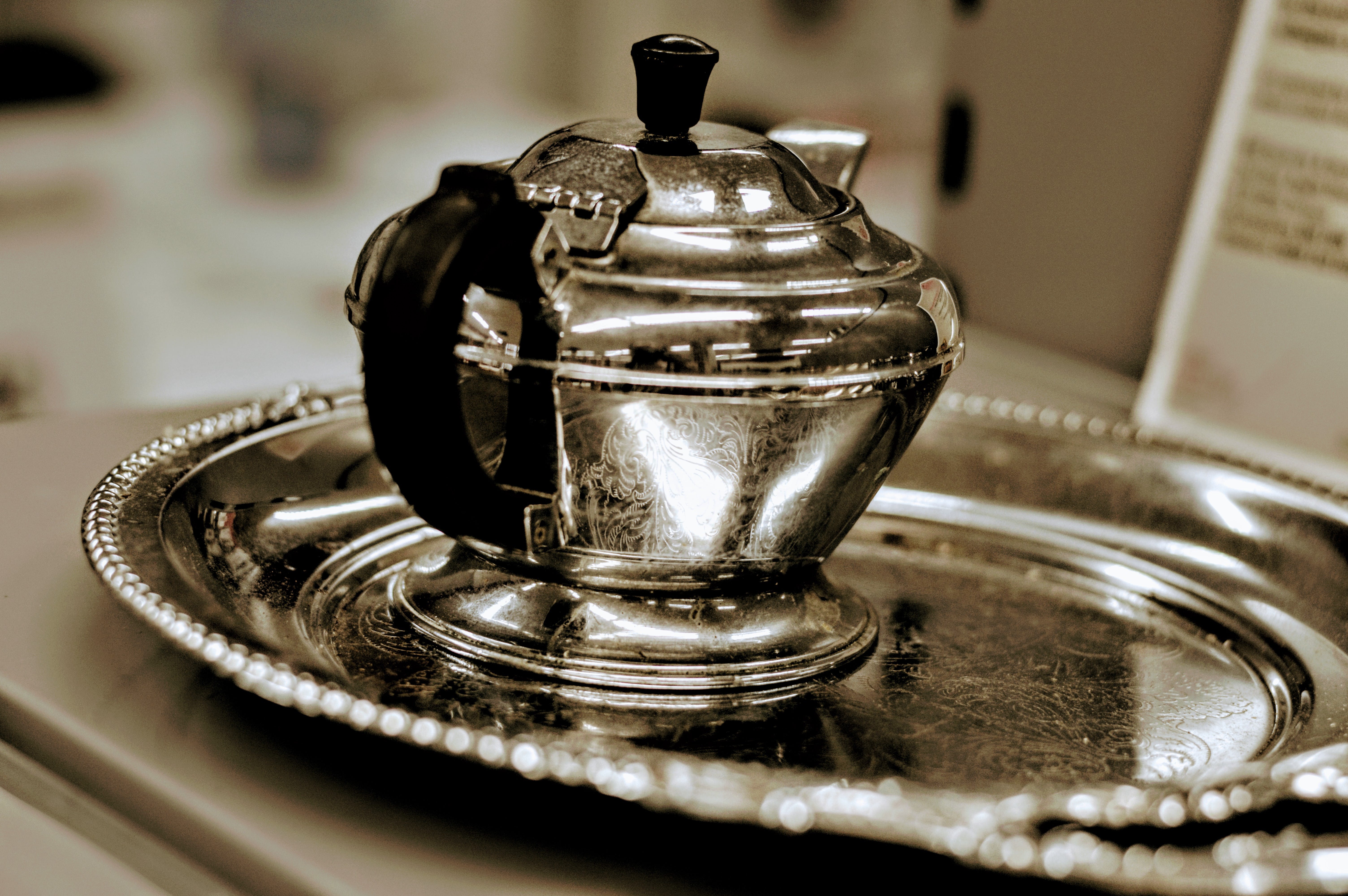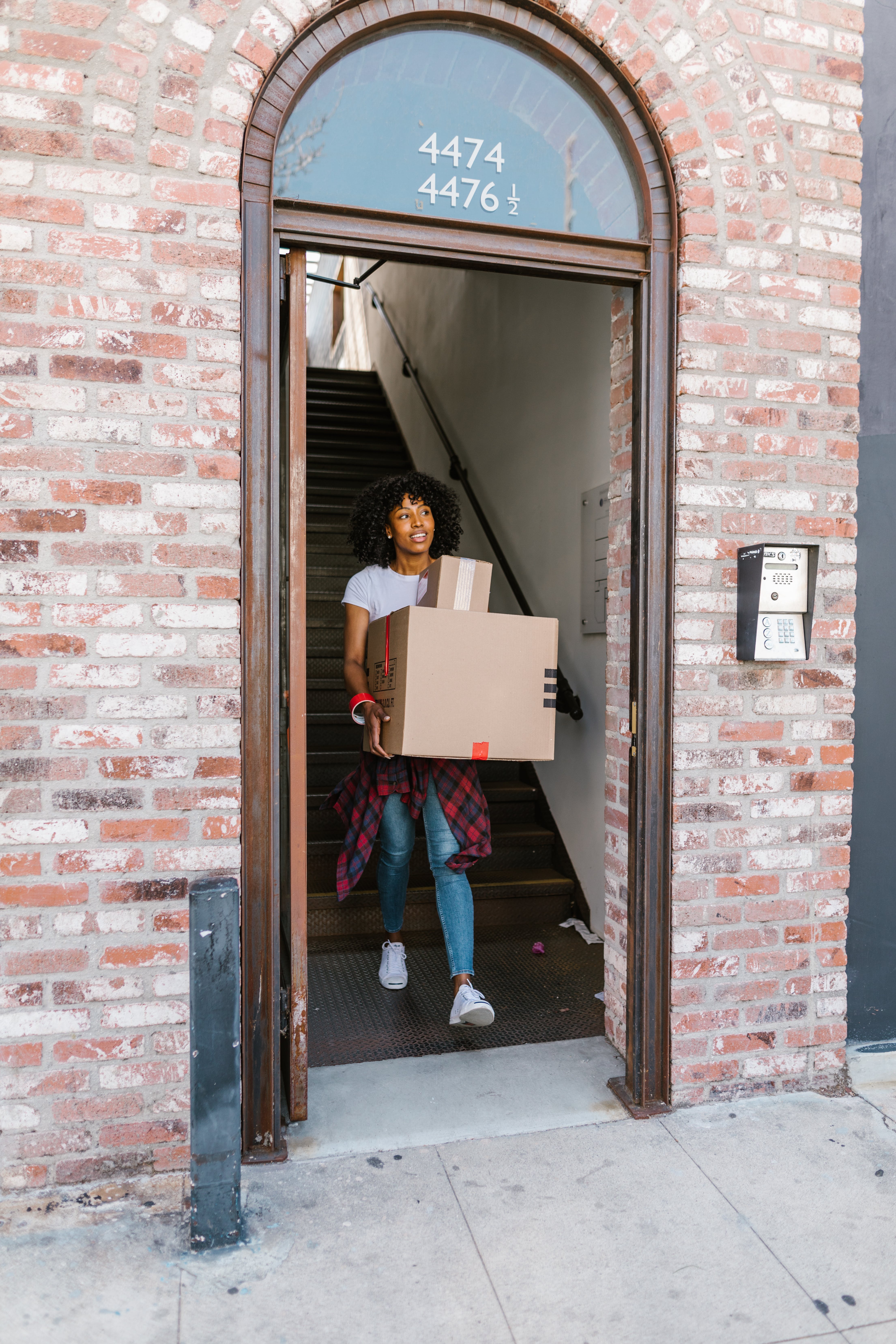Just the other day I saw a posting for a huge estate sale. There were several photos posted highlighting the person’s most prized possessions which were going to be on sale. Among them were “piles” of clothing. It made me wonder… when was the last time that person wore all those clothes…or did she even wear all of them? It was advertised that many of the articles of clothing still had tags on them. How could that be possible? How could one person ever collect, much less wear, that many articles of clothing?
If you’ve ever had to sift through a loved one’s belongings once they’ve passed, you’re going to want to continue reading as a reminder to yourself about how it felt as you were going through them. Now, apply it to yourself and to your closet. Have you ever considered what will happen to your clothing once you’re no longer around to tend to it? Make it easy on them.
Have you ever counted the number of clothing items in your closet and dresser drawers? Research shows that the average person owns about 148 pieces of clothing, yet often only wears 20% of them regularly. I currently own about 75 articles of clothing plus a half dozen sweatshirts and jackets. This feels about right, yet I still only wear about 20% of what I have on a regular basis. Interesting, isn’t it?
Assessing Your Current Wardrobe
If the time is right, walk into your closet and begin counting! It’s important to assess what you currently have in order to create a minimalist wardrobe that reflects your style and needs.
Inventory and Categorization:
To begin, take stock of all your clothes. Start by emptying your closet and organizing your garments into categories. Categorize them into two main groups: essentials and non-essentials. Essentials are items you frequently wear, love, and fit well. Non-essentials are items that are rarely worn, no longer fit, or you never really liked, but perhaps spent a bit too much money on.
I’ve been there! I used to feel like I had this huge, walk-in closet, and it needed to be full. But it didn’t matter how full it was, it never felt like enough. That mindset can be very destructive and costly, and it feels so good to just “let it go.”
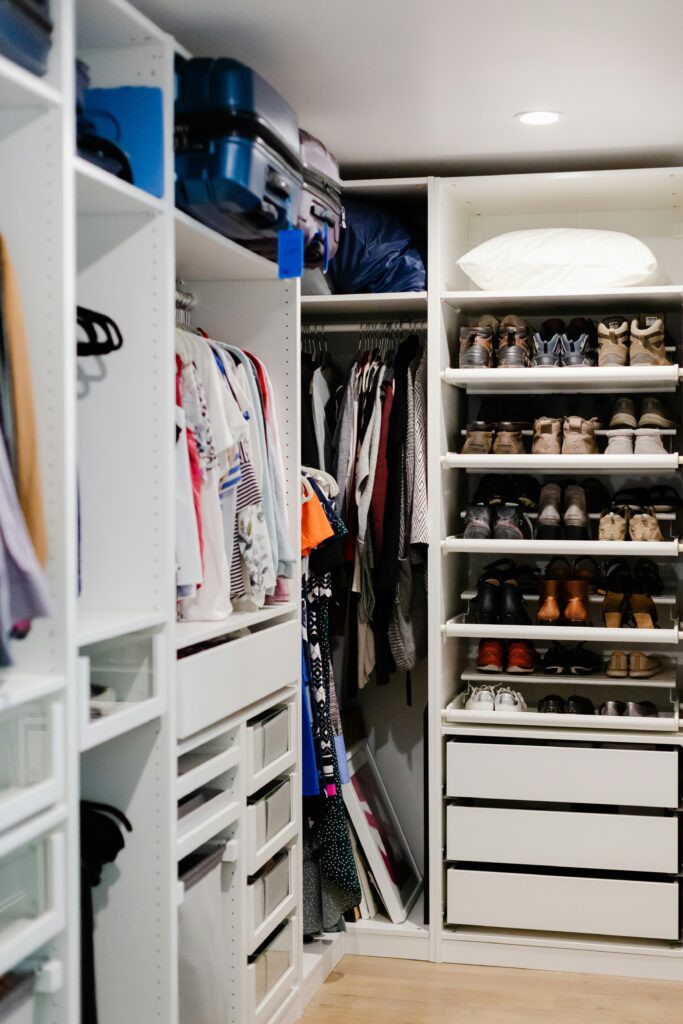
Decluttering Techniques:
There are many methods out there to help you begin your decluttering process, but at the end of the day, it comes down to these three questions. You should focus on creating a collection of versatile, high-quality pieces that can be mixed and matched effortlessly.
Remember these questions during the decluttering process:
- Do you love it? Keep what you love.
- Does it fit well today? Keep what fits right now.
- Have you worn it in the past year? Keep only what you’ve worn in the last year.
Assessing your current wardrobe is the first step toward creating a minimalist style that simplifies your daily routine and enhances your fashion choices.
Building Your Minimalist Wardrobe
Let’s get started by selecting some core pieces which will serve as the backbone of your wardrobe. Remember, only keep what you love, what fits perfectly at this moment, and what you’ve worn within the past year. Be honest with yourself! Embracing this approach will really help you streamline your choices.
Identifying Core Pieces
When choosing what to keep, it’s important to identify the staple items that effortlessly blend functionality with style. Think of classic white shirts, versatile denim jeans, good quality t-shirts, cashmere sweaters, and comfortable footwear. These timeless essentials act as the building blocks for lots of outfit combinations, ensuring versatility and longevity in your choices.

Quality Over Quantity
Choose quality over quantity. Instead of succumbing to the bargain sales rack purchases, prioritize investing in high-quality clothing that stands the test of time. Choosing pieces made from superior materials not only ensures durability but also lasts longer and reduces the need for frequent replacements.
So, as you embark on the journey of building your minimalist wardrobe, remember that the average person owns about 148 pieces of clothing, but true style lies in selecting pieces that resonate with your personality and will and stand the test of time. Keep what you love, what fits perfectly in the present, and what you’ve cherished in the past year – therein lies the essence of a minimalist wardrobe that speaks volumes with minimal pieces.
Maintaining Your Minimalist Wardrobe
Here’s the challenging part! In my minimalist wardrobe journey, I’ve learned that maintaining a clutter-free and intentional closet is key to truly embracing a minimalist lifestyle. Regular wardrobe audits are a must. These audits involve assessing my clothing choices, keeping what I love, what fits right now, and what I’ve worn in the last year, while bidding farewell to items that no longer serve a purpose.
Regular Wardrobe Audits
Conducting regular wardrobe audits is like giving your closet a breath of fresh air. It allows you to reassess your clothing choices, ensuring that every piece aligns with your minimalist values and personal style. By following the simple rule of keeping what you love, what fits well, and what you actually wear, you can maintain a streamlined wardrobe that reflects your authentic self.
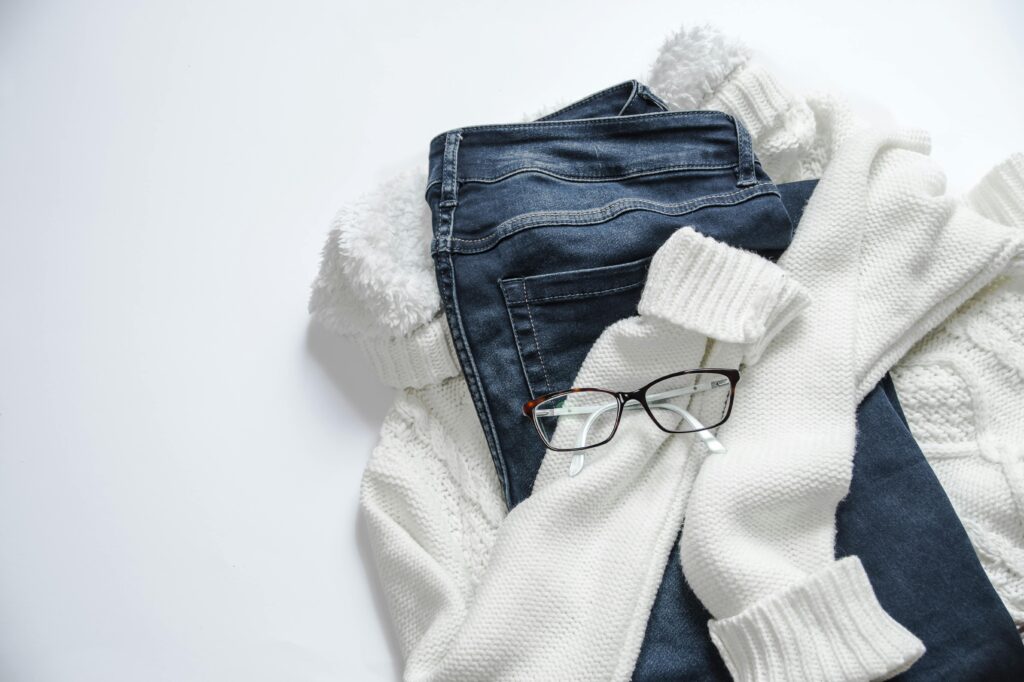
Mindful Purchasing Practices
Mindful purchasing practices are vital for sustaining a minimalist wardrobe. Investing in high-quality pieces that are versatile can significantly reduce the urge to constantly shop for new items. Before making a purchase, consider why you want to add this to your collection of clothing. Do you need it? Do you want it? Are you replacing an existing item with this new one? It’s important to be intentional with your purchases…otherwise, bad habits creep right back in, and pretty soon, your closet is bursting at the seams again. Remember, the average person owns about 148 pieces of clothing. By practicing regular wardrobe audits and mindful purchasing habits, you can maintain a minimalist wardrobe that is both stylish and sustainable, reflecting your unique personality and values.

Embracing a minimalist wardrobe has been a game-changer for me. It’s not just about owning fewer clothes; it’s about simplicity and knowing that I’m not leaving behind huge piles of “stuff” for my loved ones to have to sort through. As I decluttered my closet and focused on quality over quantity, I realized that less truly is more.
I’ve simplified my life and discovered a newfound sense of freedom in my clothing choices. The average person owns about 148 pieces of clothing, but I’ve learned that I don’t need all of that to feel confident.
A minimalist wardrobe isn’t about depriving yourself; it’s about empowering yourself to make intentional decisions about what you wear. Embrace the simplicity and elegance of a minimalist wardrobe – less time fretting over outfits means more time for what truly matters in life. Let your personal style shine through with carefully selected pieces that speak volumes without saying a word.






